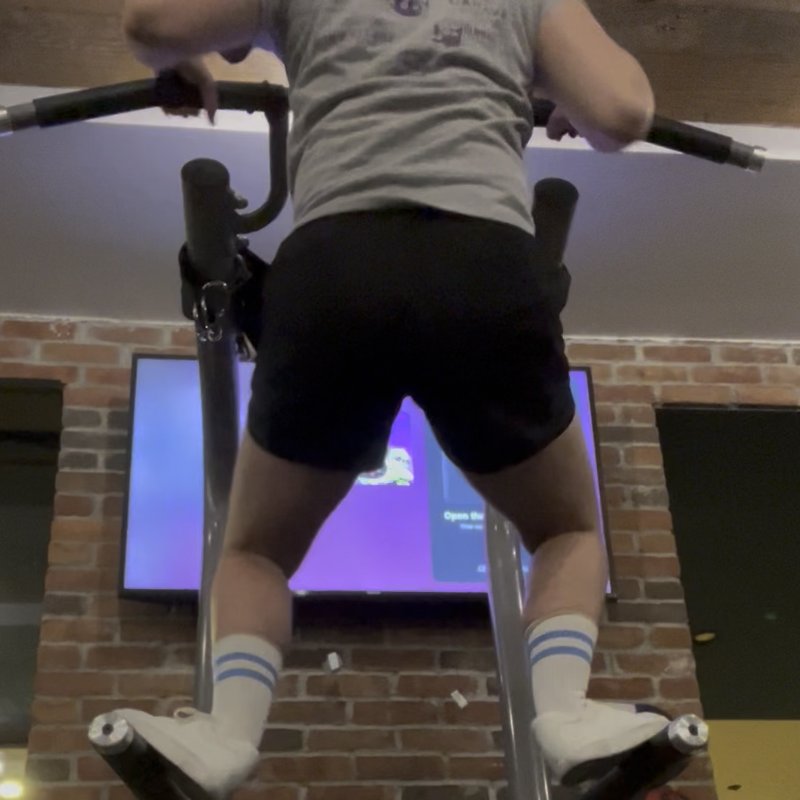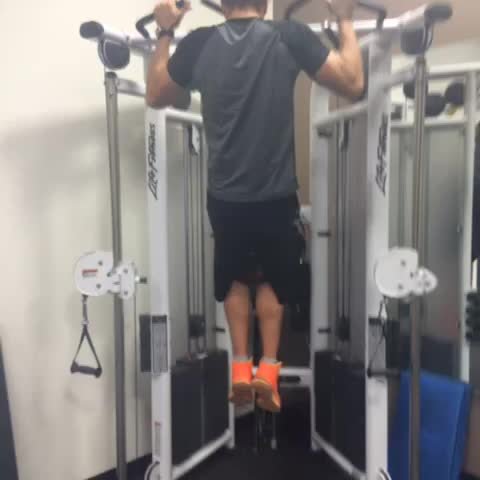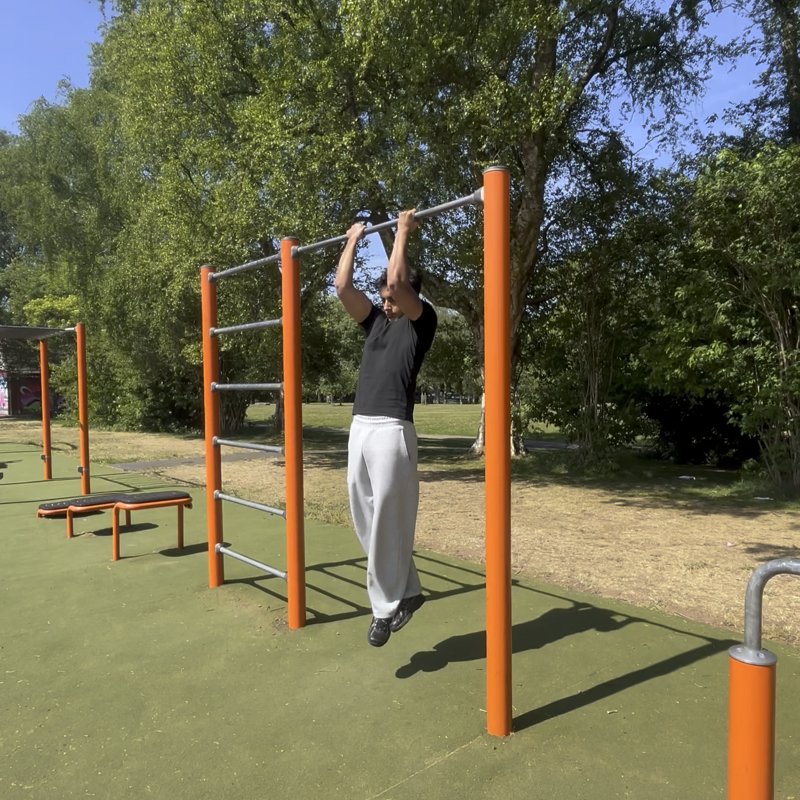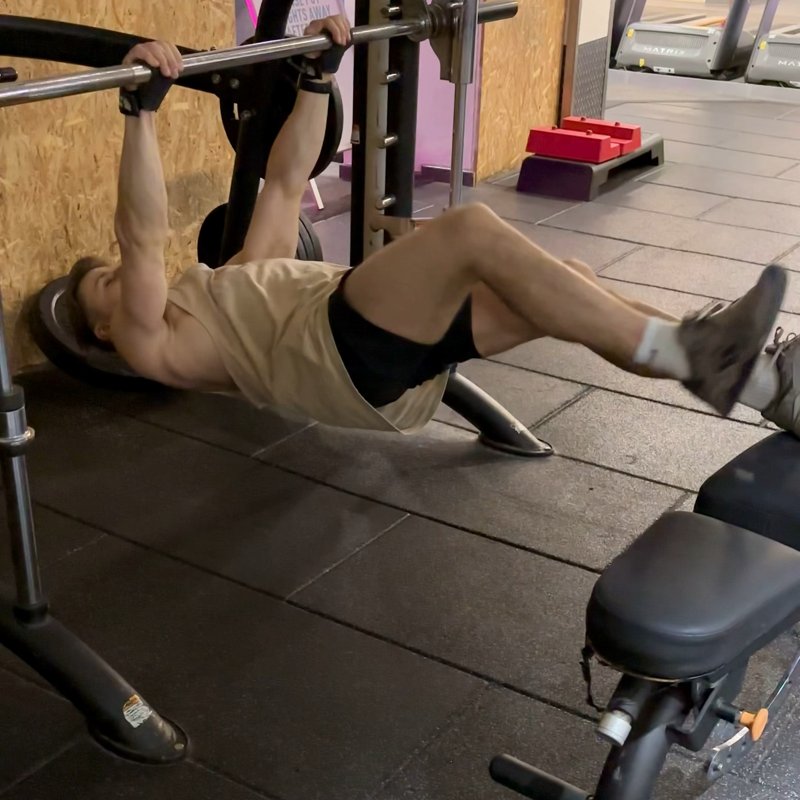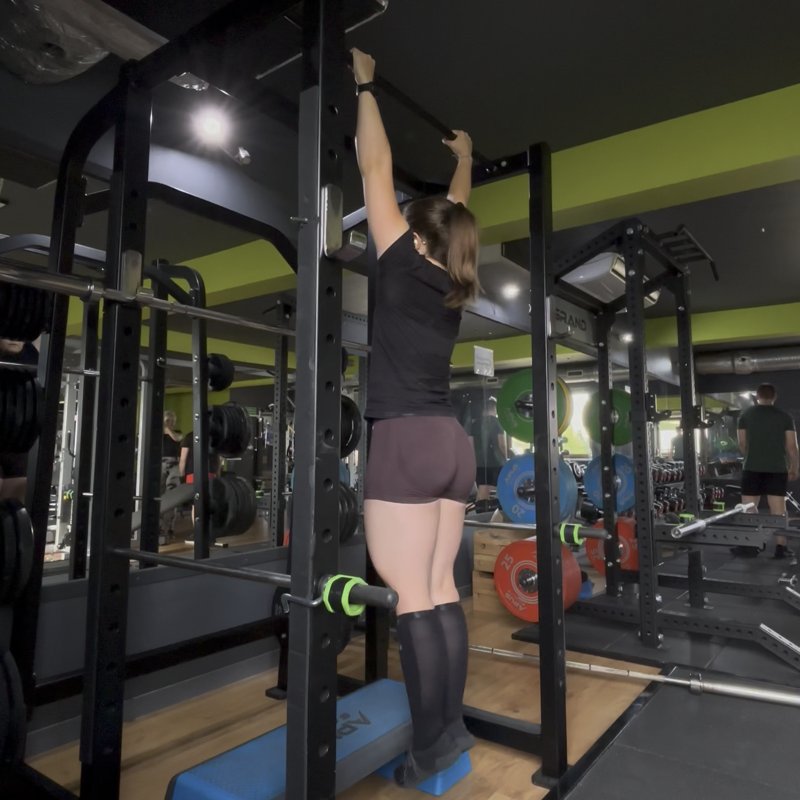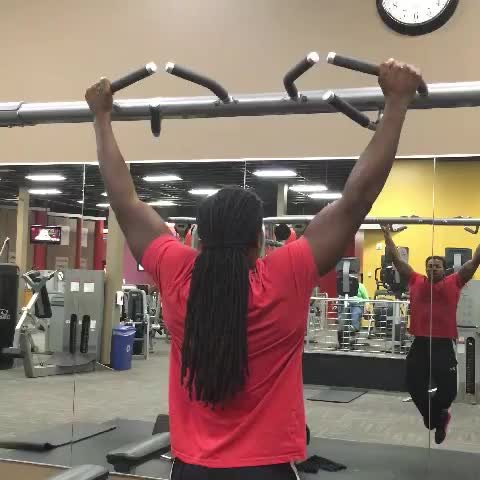Pull-Up: The Ultimate Guide
The pull-up is considered the ultimate test of relative upper body strength. This comprehensive guide covers proper form, progressions, and common mistakes to help you conquer this fundamental bodyweight exercise.

Quick Facts
Key Benefit
Builds functional upper body strength and impressive back width
Primary Muscles
Biceps, Lats, Rhomboids
Secondary Muscles
Abdominals, Forearms, Posterior Deltoids, Traps
Equipment
Pull-Up Bar
Difficulty
Intermediate
Type
Strength, Bodyweight
In This Guide
Ready to master the Pull-Up?
Track your progress, see improvements over time, and build strength consistently.
Download GravitusAre you ready to master the Pull-Up? This guide will teach you everything you need to know about this foundational bodyweight exercise. The Pull-Up is often considered the ultimate test of relative upper body strength. It builds an impressive back, strong arms, and functional pulling power that transfers to sports and daily activities. Whether you're struggling with your first rep or looking to add weight to your pull-ups, this guide provides a clear roadmap to success. Learn proper form, effective progressions, and programming strategies to build the back and arms you've always wanted.
Why the Pull-Up Is Worth Mastering
The Pull-Up is more than just another exercise in your arsenal. It's a fundamental movement that:
Builds Functional Upper Body Strength
Develops real-world pulling strength that translates to improved performance in sports and daily activities.
Offers Exceptional Muscle Activation
Engages multiple upper body muscles simultaneously, making it one of the most efficient exercises for back development.
Serves as a Benchmark for Relative Strength
Provides a clear indicator of your strength-to-weight ratio and overall upper body development.
Proper Pull-Up Form: Step-by-Step
Starting Position
- Grip the pull-up bar with hands slightly wider than shoulder-width apart, palms facing away from you (pronated grip).
- Hang with arms fully extended but shoulders engaged and active (not completely relaxed).
- Keep your core slightly braced and legs either straight or knees slightly bent, whatever feels most comfortable.
The Movement
- Initiate the movement by pulling your shoulder blades down and back (think: put them in your back pockets).
- Drive your elbows down toward your ribs, pulling your chest toward the bar.
- Continue pulling until your chin clears the bar or ideally, the bar reaches upper chest level.
Key Form Tips
Body Position
Maintain a slight hollow body position (posterior pelvic tilt) to engage the core and prevent excessive arching.
Movement Control
Use slow, controlled movement throughout the entire range of motion; avoid using momentum or kipping.
Back Engagement
Think about pulling with your back, not just your arms. Visualize squeezing a pencil between your shoulder blades at the top.
Grip
Hold the bar with hands just outside shoulder width for optimal lat engagement.
Elbow Path
Pull your elbows down and slightly back toward your ribs, not out to the sides.
Breathing
Exhale during the pulling phase, inhale during the lowering phase.
Muscles Worked in the Pull-Up
Primary Muscles
- lats: The lats are the primary movers in the pull-up, responsible for the powerful pulling motion that brings your body upward.
- biceps: The biceps brachii provide significant assistance in flexing the elbow during the upward movement.
- rhomboids: These muscles between the shoulder blades help retract and stabilize the scapulae throughout the movement.
Secondary Muscles
- traps: The middle and lower traps assist in scapular retraction and depression during the pull-up.
- posterior deltoids: The rear shoulders help stabilize the shoulder joint and assist in the pulling motion.
- forearms: The many muscles of the forearm work to maintain a strong grip throughout the exercise.
- abdominals: The abdominal and lower back muscles stabilize the body and prevent excessive swinging.
Common Mistakes and How to Avoid Them
Half repetitions (not fully extending arms)
Reduces range of motion and muscle development Fix it: Focus on achieving full extension at the bottom of each rep
Excessive kipping or swinging
Reduces muscle activation and increases risk of injury Fix it: Control the movement throughout, use regression exercises if needed
Pull-Up Progressions and Variations
Beginner Progressions
-
Dead Hangs
Simply hang from the bar with arms fully extended to build grip strength and shoulder stability.
-
Negative Pull-Up
Jump to the top position and lower yourself slowly to build strength for the full movement.
-
Band Assisted Pull-Up
Use a resistance band looped around the bar and your foot to reduce the amount of bodyweight you're pulling.
Advanced Variations
-
Weighted Pull-Up
Attach additional weight via a dip belt or weighted vest to increase resistance beyond bodyweight.
-
L-Sit Pull-Up
Perform pull-ups while holding your legs extended forward in an L position for increased core engagement.
-
One-Arm Pull-Up
Work toward the impressive one-arm pull-up by using various assistance methods like an opposing finger, towel, or ring.
FAQs About the Pull-Up
The primary difference is grip orientation. Pull-ups use a pronated grip (palms facing away), which emphasizes the lats and is generally more challenging. Chin-ups use a supinated grip (palms facing you), which increases biceps activation and may be easier for beginners. Both are excellent exercises with slightly different emphasis.
Start with the progression exercises: dead hangs (30-60 seconds), negative pull-ups (lowering yourself slowly from the top position), and band-assisted pull-ups. Also strengthen the pulling muscles with rows and lat pulldowns. Consistency with these exercises will build the necessary strength for your first full pull-up.
For beginners working toward their first pull-up, 3-4 sessions per week of pull-up progression exercises can be effective. More advanced individuals might do 2-3 dedicated pull-up sessions weekly. Regardless of level, ensure at least 48 hours between intense sessions targeting the same muscle groups to allow for recovery.
Video Demonstrations

Log in to watch video demonstrations
Login to Watch3 video demonstrations available
Find more video demonstrations in the Gravitus app
Tips from the Community
-

Do twenty of these in a row without kipping, chin up to the bar and full elbow extension and you could max out the pull-up portion of the Marine Corps physical fitness test.
-

The standard pull-up us to bring your chin up to the bar, however you can do behind the neck pull-ups to emphasize your lower lats.
-

Set up by hanging and retracting scapula. Then proceed to tighten core (rectis and transverse abdominis) and legs to prevent energy leaks. Mitigate forearm and biceps involvement and pull with the lats (your arms are hooks, your back facilitates he actual movement). Maintain all of the above whilst performing the movement to maximize efficiency and increase reps.
-

Make sure your elbow is fully tucked in toward your chest and squeeze all the way down.
Track your progress with Gravitus
Download Gravitus to log your workouts, track your progress, and join a community of fitness enthusiasts.

Helpful Resources
One Rep Max Calculator
Find your one rep max for any exercise without maximal testing. Essential for developing effective strength training programs.
Calculate 1RMWorkout Programs
Follow structured workout programs created by fitness professionals to maximize your strength and muscle gains.
View Programs
